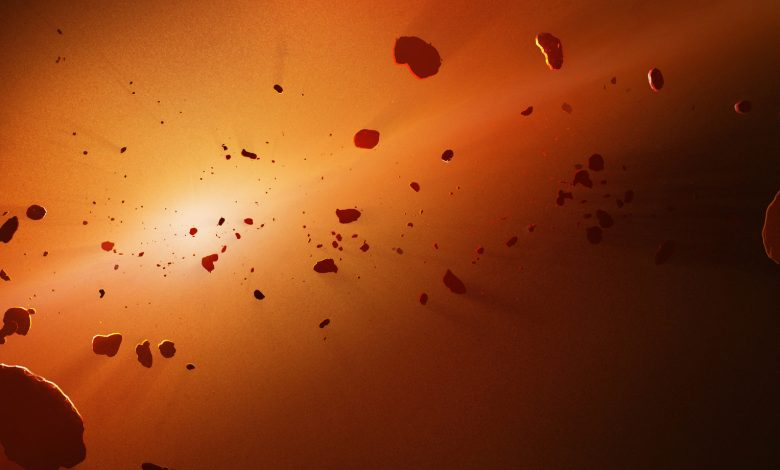New evidence reveals a hidden planet within a “dusty disk” only 500 light years away

A team of scientists revealed that they may have finally found evidence that a planet is hiding inside a dusty disk surrounding a young star.
The team noted that there were already indications of a massive planet orbiting a star called IM Lupi. This strange system is located more than 500 light-years away.
The young star and its surrounding disk had all the signs of planet interference, and scientists say IM Lupi is a young star with an intriguing protoplanetary disk.
Observations of the IM Lupi disk over the past few years have found that the disk does not rotate evenly, and there are more than a dozen "twisting" as the gas moves at a different rate than scientists expect for a smoothly rotating disk, according to AAS Nova.
Additionally, there is a helical pattern imprinted along the top surface of the dial.
So a group of scientists decided to look at these observations differently, to see how the presence of a planet would affect the IM Lupi disk.
While their findings bear hints of a planet, they say more work is needed to confirm this.
Harrison Ferrius of Monash University in Australia and his team used hydrodynamic modeling to understand how the presence of a planet affects the IM Lupi disk.
In addition to modeling a disk without a planet as a control case, the team studied the effects of a planet with a mass of 2, 3, 5 or 7 times the mass of Jupiter orbiting the central star at a distance of 100-120 astronomical units.
The team found the emergence of large-scale features in their simulations. They found that by including a planet in their simulations, they could reproduce all the "torsion" of the observed velocity as well as the characteristic spiral pattern on the disk's surface.
Overall, the scientists found that a planet two or three times the mass of Jupiter orbiting at a distance of 110 astronomical units produced the best match with the observations.
The simulations suggest that the planets could have more far-reaching effects than expected.
"We show that the impact of the planet can be traced in the map of the observed peak velocity, which appears to closely follow the morphology expected from our simulations and from analytical models of the interaction between the planet and the disk," the paper states.
The findings of Ferrius and his team have been published in detail in The Astrophysical Journal Letters.
Source: websites

